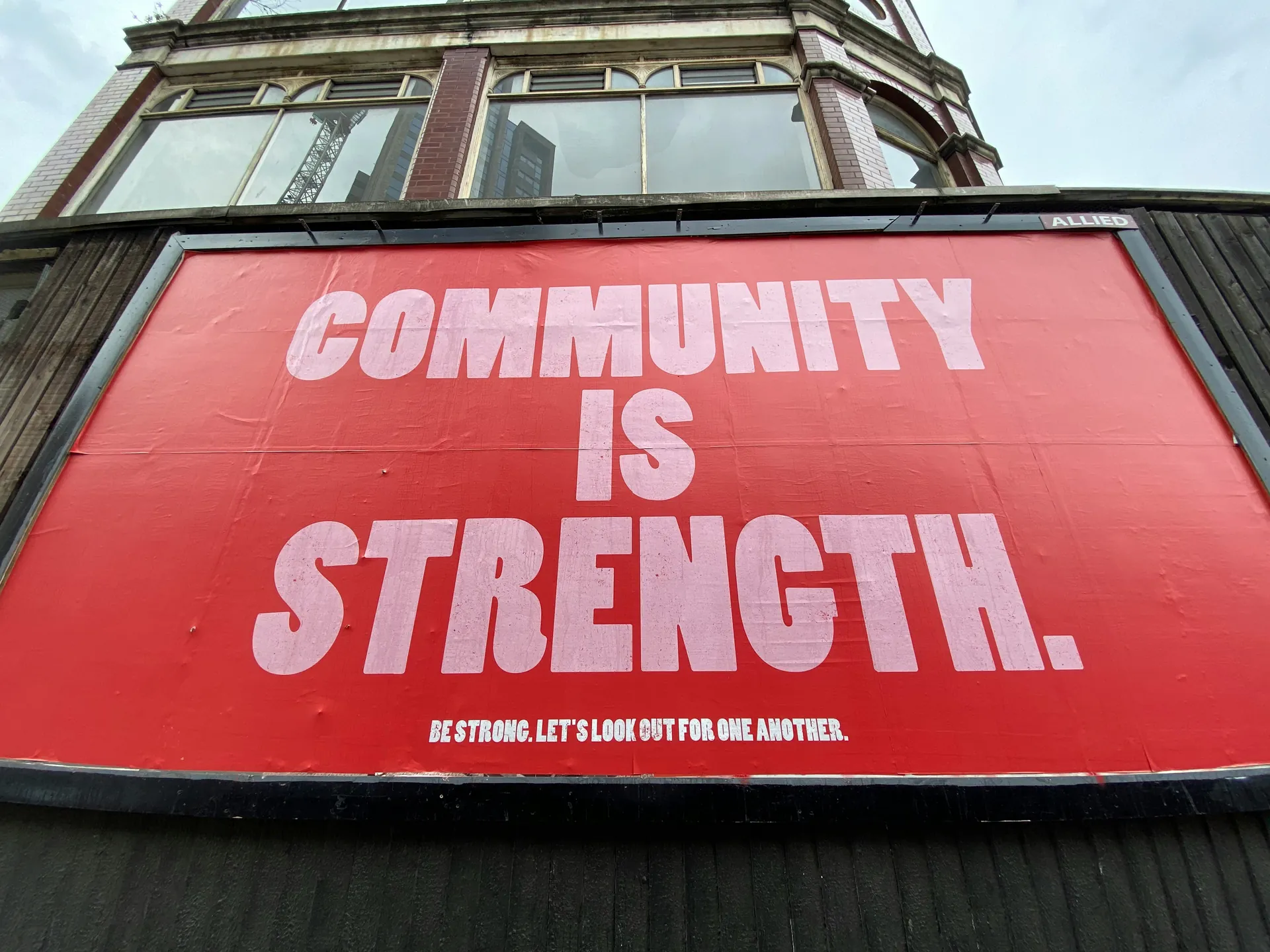In the world of fitness tracking and social media, platforms like Strava have become essential for runners, cyclists, and other athletes. These platforms allow users to log activities, track progress, and connect with a community of like-minded individuals. However, some users are drawn to the temptation of creating fake Strava run maps to enhance their athletic profiles artificially. This practice, often called "Strava cheating," involves manipulating or fabricating activity data to appear more accomplished than they truly are.
Whether motivated by ego, the desire to impress friends, or to gain an unfair advantage in virtual challenges, the techniques for faking Strava runs are becoming increasingly advanced. Tools like Jogmock can generate realistic-looking activity data based on GPX routes, while others manipulate GPS tracks and activity logs with precision.
Understanding the motivations and technical methods behind this behavior is essential to addressing its impact on the Strava community and fostering authenticity in fitness tracking.

The allure of a fake Strava run stems from the desire to enhance one's social standing within the fitness community. On platforms like Strava, where users share their workouts and receive "kudos" and comments from peers, the pressure to showcase an impressive athletic profile can be significant. For many, it's not just about personal satisfaction but also about how others perceive their fitness journey.
This phenomenon is especially visible in the rise of "Strava jockeys" or "mules," where individuals hire others to complete runs on their behalf. This allows them to post impressive times and distances without actually putting in the effort.
Such trends underscore how social media metrics and public acknowledgment have become as valuable as the physical benefits of running. Many users feel compelled to maintain a certain image to impress followers, secure sponsorship deals, or avoid the embarrassment of falling short of the expectations set by their online persona. The obsession with validation through performance metrics has driven some to seek shortcuts to achieve the status they desire.
Another key factor behind the appeal of fake Strava runs is the competitive nature of the platform. Strava's leaderboards, segment challenges, and virtual races create an environment where users are constantly comparing themselves to others. Personalized leaderboards, which rank users against their age group, club, or followers, foster a sense of friendly competition.
However, this competitive atmosphere can tempt users to cheat as they strive to climb the rankings and earn coveted badges like "King" or "Queen of the Mountain."
The virtual challenges and rewards offered by Strava make the idea of faking a run particularly enticing. For example, content creators might use fake runs to secure brand deals or spots in competitive races with limited spaces. This blurs the line between genuine achievement and fabricated success, making it appealing for some to resort to cheating in order to stay ahead in the virtual competition.

For those interested in creating fake Strava runs, several methods have emerged, each varying in complexity and ethical considerations. Below are some of the most common techniques used to fabricate activity data on Strava.
One of the simpler methods involves using manual map drawing tools to create fake routes. Users can leverage online tools or software that allow them to draw routes on a map, which can then be exported as GPX files. These files can subsequently be uploaded to Strava, giving the appearance of a completed run or ride.
While this method is relatively straightforward, it often lacks the realism and sophistication provided by more advanced techniques. As a result, fabricated activities created this way are typically easier for others to detect.
For a more convincing fake run, users frequently turn to GPS simulation software. These tools generate realistic GPS tracks that replicate the patterns and variations of genuine runs.
Software like Jogmock, for example, enables users to create detailed GPX files based on predefined routes or custom paths. These files can include simulated heart rate data, pace variations, and even fake GPS location points, making the activity appear authentic on Strava. This method is more advanced and particularly deceptive, as it closely mirrors the data collected during an actual workout.
Another approach involves using mobile apps designed specifically to generate fake Strava activities. One such tool is the "Strava Jockey" application (available at strava-jockey.app), which enables users to create and upload fabricated run data.
These apps often integrate seamlessly with Strava's API, allowing users to upload fake activity logs directly to their accounts. Additionally, many of these apps offer features such as customizable routes, pace settings, and the ability to simulate different types of activities, including cycling or swimming.
The ease of use and seamless integration with Strava make these apps a popular choice for those aiming to cheat the system.

The practice of creating fake Strava runs carries significant ethical and community implications, particularly concerning trust and fair competition. When users cheat, it undermines the integrity of the platform and erodes trust among its members.
Honest athletes often see their genuine achievements overshadowed by fabricated performances. This can be both demoralizing and frustrating, leading to disillusionment with the platform.
The competitive aspect of Strava, such as leaderboards and segment challenges, is severely compromised when cheating occurs. Users who dedicate time and effort to their training feel cheated when others gain unfair advantages through manipulated data.
This not only affects individual morale but also weakens the overall sense of community and mutual encouragement that Strava strives to foster. The platform's core values—fair play and clean competition—are directly challenged by such actions.
Users who engage in cheating on Strava face several consequences that go beyond moral and social repercussions. Strava has implemented measures to detect and address cheating, including advanced algorithms to identify suspicious activities and a system for users to flag questionable logs. If detected, cheaters may have their activities removed, and in severe cases, their accounts could be suspended or terminated.
Beyond platform-specific penalties, cheaters may also face social backlash within the community. Being identified as a cheater can lead to a loss of credibility and respect among peers, damaging their reputation within the running or cycling community. This can be especially significant for users who rely on Strava for networking, finding training partners, or participating in local events and competitions.
Moreover, the broader ethical implications extend beyond the digital realm. Cheating on Strava reflects a lack of integrity and honesty, values that are important in both athletic and personal life. Engaging in such behavior sets a negative precedent and may influence other areas of a person's life, potentially leading to more severe consequences in the long term.
In conclusion, the practice of creating fake Strava runs undermines the integrity and community spirit of the platform. It is important to remember that cheating not only demoralizes genuine athletes but also erodes trust and fairness within the community. Key indicators of cheating include inconsistent splits, unrealistic times, GPS data anomalies, and manipulated elevation gain.
To maintain the platform's integrity, users should be vigilant in spotting and reporting suspicious activities using Strava's flagging tools and providing detailed evidence when necessary.
Strava's commitment to fair play and the efforts of its community in monitoring and reporting cheating activities are essential in preserving the authenticity of achievements. As users, it is our responsibility to uphold the values of honesty and fair competition, ensuring that the platform remains a motivating and fair environment for all.
By doing so, we can celebrate our genuine achievements and foster a community that values integrity and hard work.